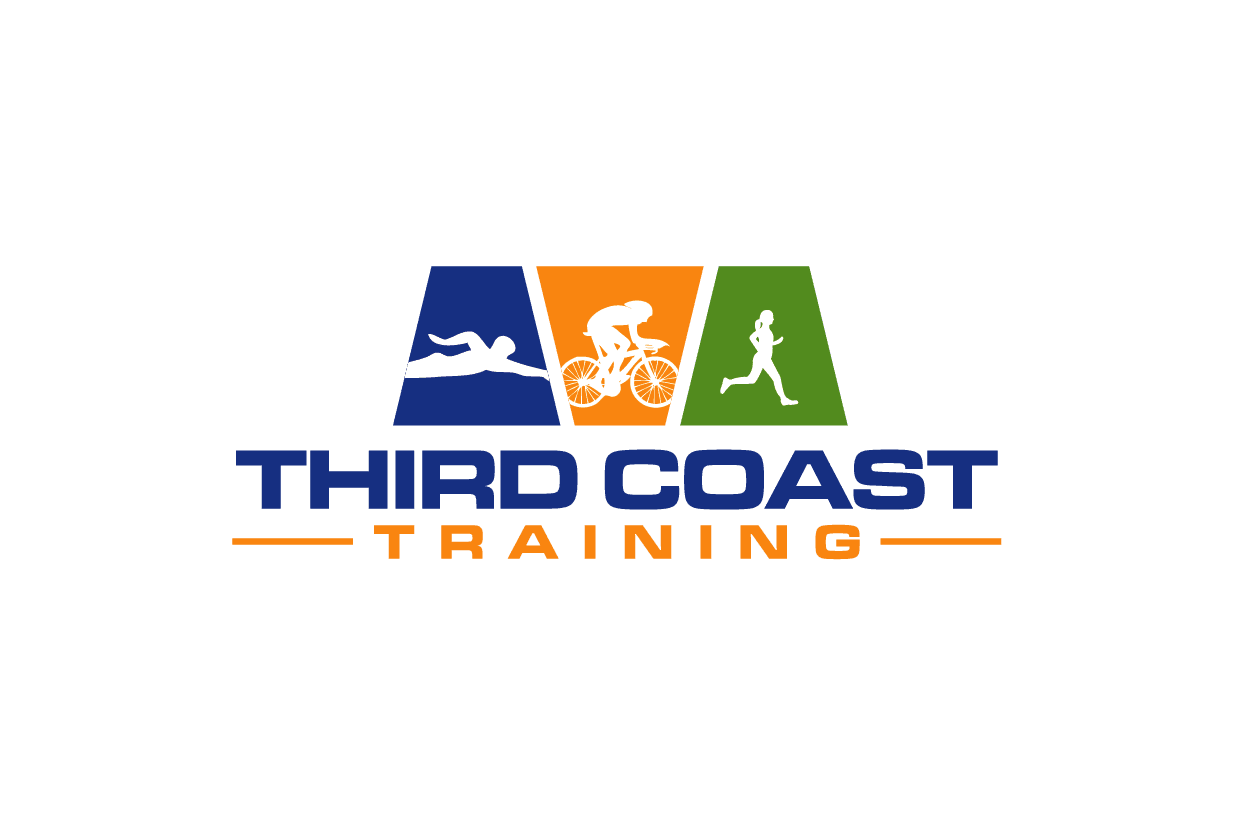
The 6 Most Common Running Injuries
October 20, 2021Strength Training For Runners
December 7, 2021As more and more of us have been taking to our bikes we thought it was a good time to produce some resources that could help you both treat or manage most commonly experienced mountain bike-related injuries.
There are two main types of mountain biking injuries, those caused by falling off, otherwise known as acute or traumatic injuries, and those issues caused by overtraining, biomechanical stresses, often due to muscle imbalances, and/or incorrect bike set-up, often referred to as chronic injuries.
In road cycling, injuries are much more likely to be chronic ones due to the high repetition of each pedal cycle, whereas in mountain biking there’s a much higher incidence of traumatic injuries because of unpredictable terrain, varying speeds and the risk of crashing or skidding into things like trees or rocks!
If you want to jump straight to the set of leaflets we’ve created for this campaign.
The most common overuse (chronic injuries) in cycling tend to be knee pain, back and/or neck pain, iliotibial band or Achilles tendon pain, hip and hand pain or burning feet.
The good news is that most of these injuries can be prevented because most of them come down to muscle imbalances, incorrect bike set up or insufficient conditioning or fitness.
If you’re a mountain bike fiend then you’re more likely to suffer from acute or traumatic injuries which result from falling off, particularly grazes or skin wounds or more seriously fractures, dislocations or ligament or tendon injuries.
Here are 13 things you can do that will significantly reduce your risk of suffering an injury while you’re out on your bike:
1. Warm up before each ride and get your body accustomed to the upcoming activity
1. Make sure to take adequate rest days to allow your body to heal and adapt
1. Fuel yourself properly for every ride so you reduce the risk of suffering from fatigue
1. Make sure to check your bike and make sure wheels are fitted tightly and brakes and gears are working
1. Wear a cycle helmet – more than 80% of cycling-related deaths are due to head injuries, do we need to say more?
1. Wear cycle glasses to protect you against wind, mud, dirt, sand, insects and branches
1. If you’re out on your mountain bike, carry out a ‘recce’ before a downhill section
1. Wear knee and elbow pads as long as they don’t compromise your cycling action to protect those joints in the event of a fall
1. Use gloves with wrist pads and make sure you have good suspension to reduce the risk of wrist and hand injury
1. Stay well-hydrated as this helps you avoid fatigue
1. Ride within your skill level and get off if you come to a section that you feel is out of your depth
1. Don’t do too much too soon – make sure you build up your time/mileage over time to allow your body to adapt
1. Prepare your body to make sure your body by building up core strength and isometric strength in your arms and legs. Your physical therapist can help with exercise programs.
We’ve put together a range of advice leaflets on various aspects of staying safe and treating and preventing the most common cycling injuries, whether you’re on a mountain bike or a road bike.
16 Tips for Preventing Mountain Bike Injuries [Advice Leaflet]






